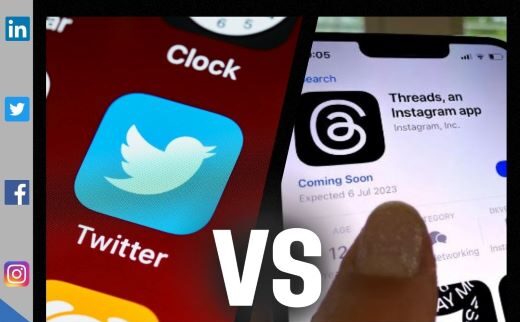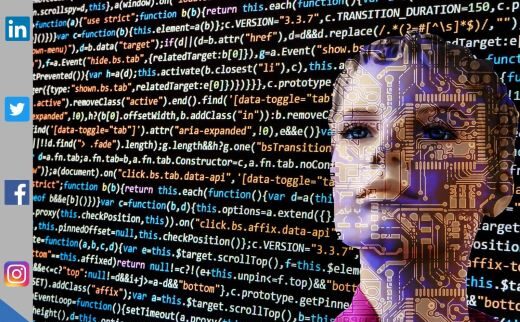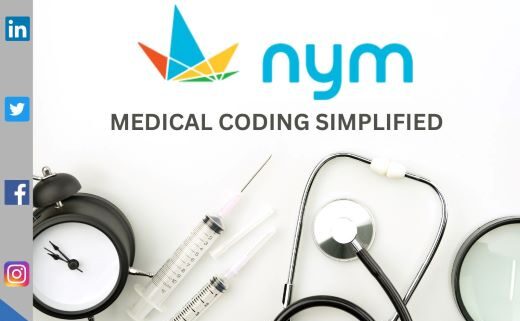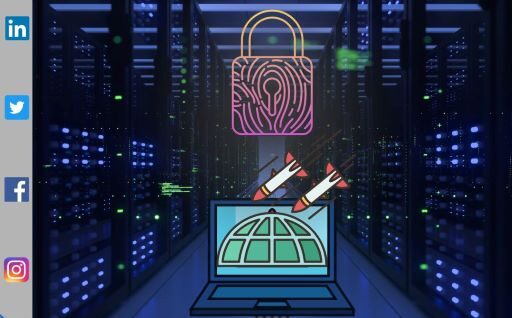Threads vs Twitter: How Instagram New App Is Taking on the King of Microblogging
In the ever-evolving landscape of social media, Instagram Threads has emerged as a formidable contender to take on Twitter. Unlike other competitors who start from scratch, Threads leverages Instagram’s massive user base of 10 billion,… Threads vs Twitter: How Instagram New App Is Taking on the King of Microblogging









